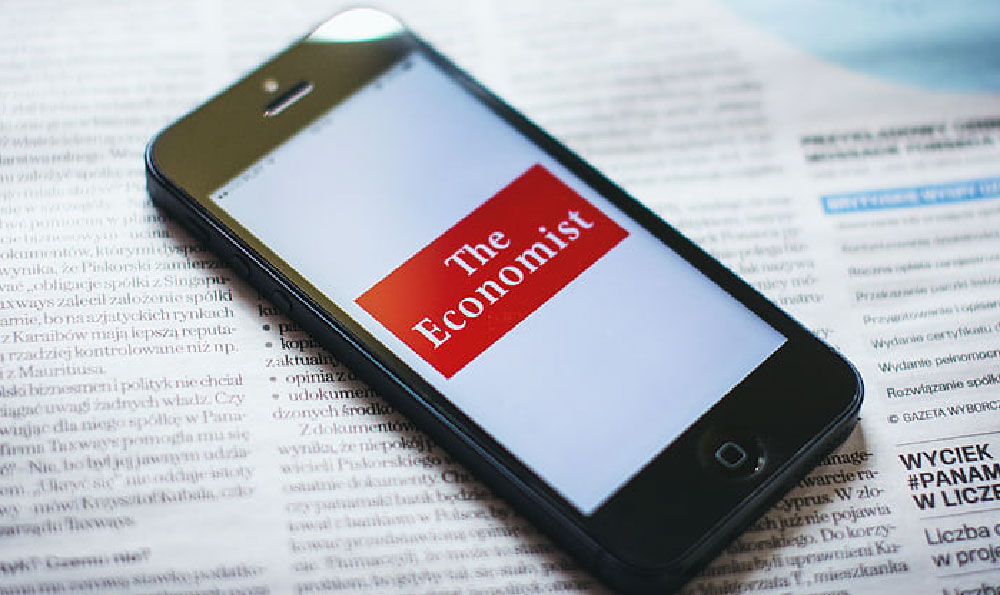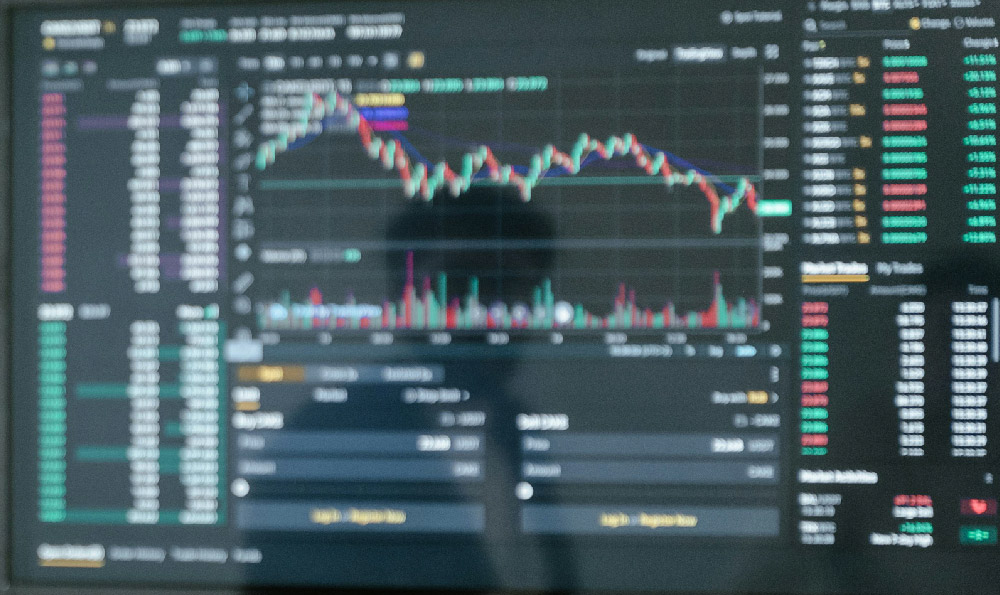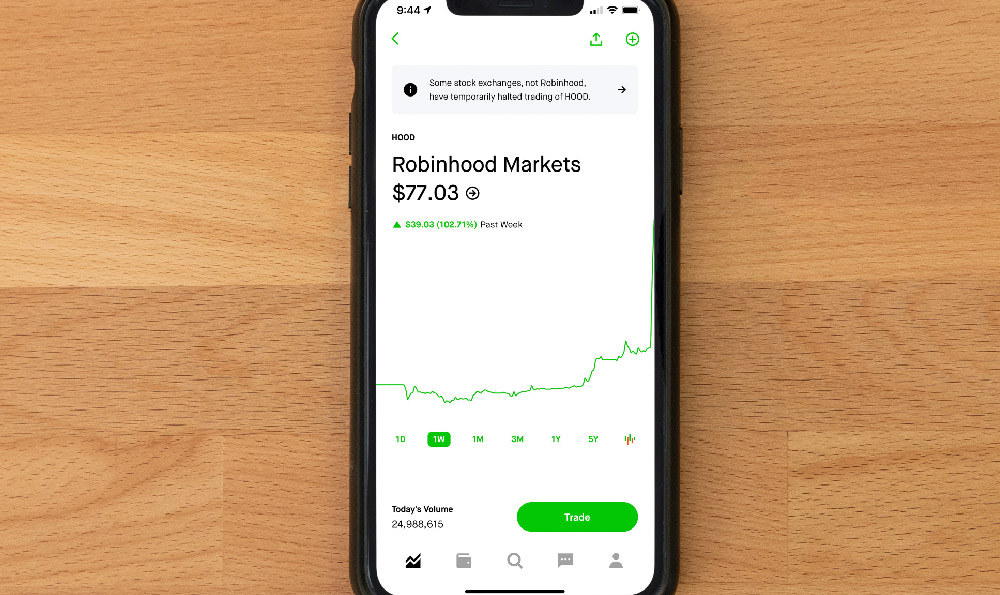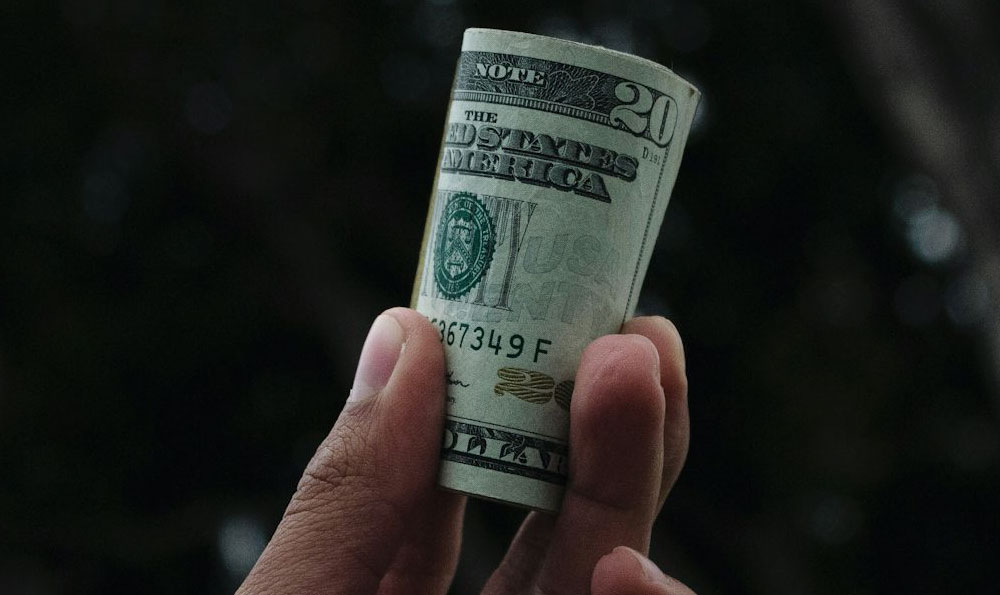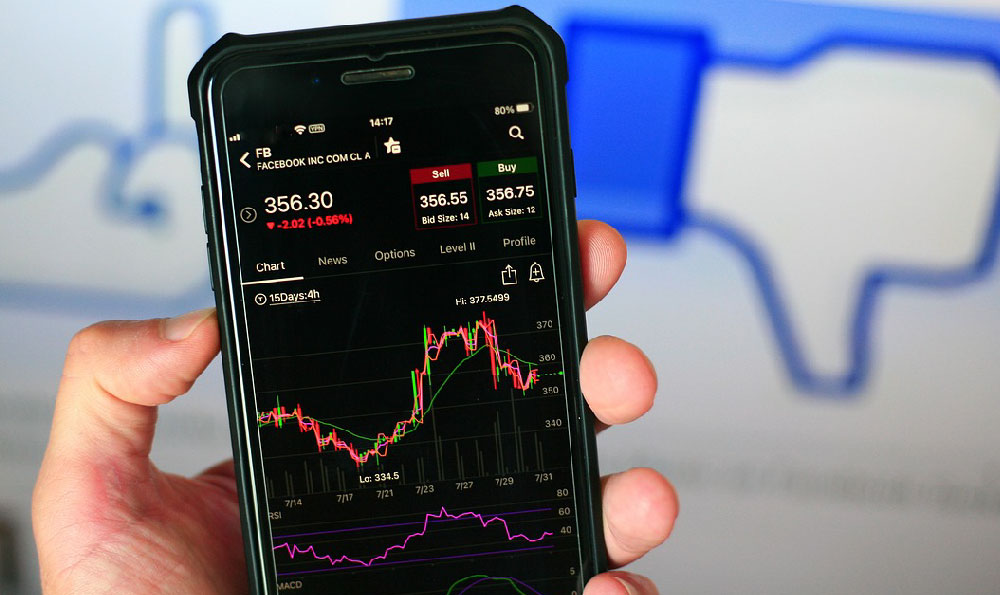The digital age has revolutionized how art, especially music, is created, distributed, and consumed. For artists, this transformation presents both incredible opportunities and daunting challenges, particularly when it comes to earning a sustainable income. The question of how artists earn a living and whether platforms like Spotify can be a reliable source of income is complex and warrants a nuanced examination.
Historically, artists relied on record sales, live performances, merchandise, and licensing agreements as primary revenue streams. The advent of streaming services like Spotify has fundamentally altered this landscape. While offering unparalleled reach and accessibility, these platforms also introduce a fragmented revenue model that can leave many artists struggling to make ends meet.
Spotify operates on a royalty-based system. When a user streams a song, Spotify pays a small royalty fee to the rights holders, which typically include the record label, publisher, and the artist. The exact payout per stream is notoriously variable and depends on a multitude of factors, including the listener's location, subscription type (premium vs. free), and Spotify's overall revenue performance. The specific agreements between Spotify and various rights holders also influence the royalty rates.
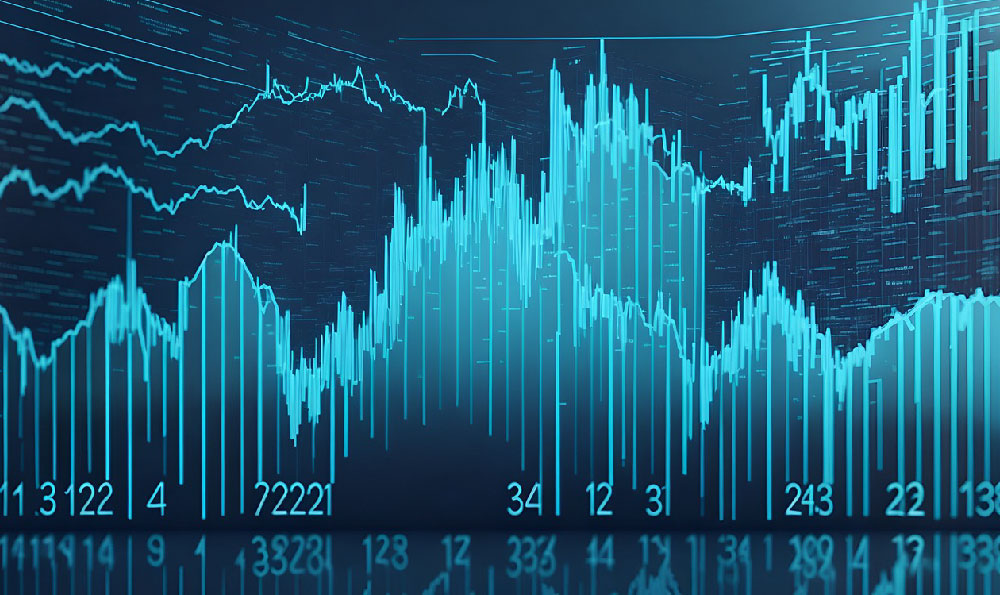
For established artists with a large and dedicated fanbase, Spotify can indeed contribute a significant portion of their income. Millions of streams, coupled with royalties from other sources, can generate a substantial revenue stream. However, for the vast majority of independent or emerging artists, the per-stream payouts are often too low to provide a living wage.
The problem lies in the scale required to generate meaningful income. An artist needs hundreds of thousands, or even millions, of streams each month to earn enough to cover living expenses and production costs. Reaching that level of listenership requires significant investment in marketing, promotion, and often, collaborations with more established artists.
However, dismissing Spotify as a negligible income source would be an oversimplification. The platform offers invaluable benefits beyond direct revenue generation. Its global reach allows artists to connect with fans worldwide, building a larger audience and increasing their visibility. Spotify's algorithmic playlists and recommendation systems can introduce new listeners to an artist's work, expanding their reach organically. The platform also provides data analytics that offer insights into listener demographics, geographical distribution, and song performance, enabling artists to refine their marketing strategies and target their audience more effectively.
Furthermore, Spotify's presence can significantly bolster an artist's income from other sources. Increased visibility on the platform can drive ticket sales for live performances, boost merchandise purchases, and attract licensing opportunities for their music in films, television shows, and video games. The "Spotify halo effect" can be a powerful tool for driving overall revenue.
To maximize their earning potential on Spotify, artists must adopt a strategic approach. Firstly, creating high-quality music is paramount. The music must resonate with listeners and be professionally produced to stand out in a crowded marketplace. Secondly, consistent release schedules are essential. Regular music releases keep an artist relevant and ensure a steady stream of content for their fans. Thirdly, proactive promotion and marketing are crucial. Utilizing social media platforms, engaging with fans online, and collaborating with other artists can significantly increase listenership. Fourthly, exploring opportunities for playlist placement is vital. Getting featured on popular Spotify playlists can expose an artist's music to a massive audience and dramatically increase streams. Fifthly, artists should carefully consider their distribution strategy. Working with a reputable distributor can ensure that their music is properly registered and that royalties are accurately tracked and paid.
Beyond Spotify, artists should explore a diversified range of income streams. Live performances remain a crucial source of revenue, particularly for independent artists. Building a strong live presence and touring regularly can generate substantial income from ticket sales and merchandise. Direct-to-fan platforms, such as Patreon and Bandcamp, allow artists to connect with their most dedicated fans and generate recurring revenue through subscriptions, exclusive content, and personalized experiences. Selling merchandise, such as t-shirts, posters, and vinyl records, can also be a lucrative income stream, particularly for artists with a strong brand identity. Licensing their music for use in films, television shows, and video games can provide a significant boost to an artist's income.
In addition, the burgeoning world of NFTs (Non-Fungible Tokens) presents new and exciting opportunities for artists to monetize their work. NFTs allow artists to create and sell unique digital assets, such as songs, albums, artwork, and virtual experiences, directly to their fans. This can provide a new source of revenue and empower artists to connect with their audience in innovative ways.
In conclusion, while Spotify can be a source of income for artists, it is rarely a sole source of sustainable revenue, particularly for emerging artists. Success on the platform requires a strategic approach, consistent effort, and a diversified revenue model. By combining streams on Spotify with live performances, direct-to-fan sales, merchandise, licensing opportunities, and innovative approaches like NFTs, artists can build a thriving and sustainable career in the digital age. The key is to embrace the opportunities offered by the digital landscape while remaining adaptable and proactive in navigating the ever-evolving music industry. Artists who understand the complexities of the digital ecosystem and proactively seek diverse revenue streams are the ones who will thrive in the long run.


